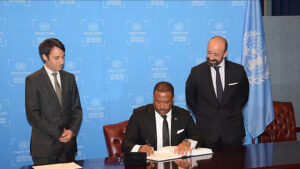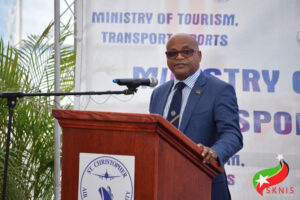Twenty countries make up the Caribbean Community (CARICOM).Fifteen are full members and five are Associate Members.
The geographical boundaries of our Community stretch from The Bahama Islands in the north, southward to Guyana and Suriname – both on the north coast of the South American mainland. They also extend from Belize in the West on the Central American mainland to Barbados – the most easterly of the islands. Suriname defines the eastern boundary of the Community.
All CARICOM countries are classified as developing countries. They are all relatively small in terms of population and size, and diverse in terms of geography and population, culture and levels of economic and social development.
CARICOM countries share similarities and challenges. On the one hand they are all in proximity to major markets in North and South American, and most countries, have had to make the transition from agriculture or mining to a service-driven economy, especially tourism and financial services. On the other hand, they have to overcome the challenges of frequent natural disasters, in addition to small size with associated lack of economies of scale and vulnerability to external shocks.
All members subscribe to the Community’s principles outlined in the Revised Treaty of Chaguaramas (2002). Leaders of member states shape the Community’s policies and priorities. They meet twice yearly to discuss issues affecting the Community and the wider world at the Conferences of Heads of Government. All members have an equal say regardless of size or economic status. This ensures that every member has a voice in shaping the Caribbean Community.
























